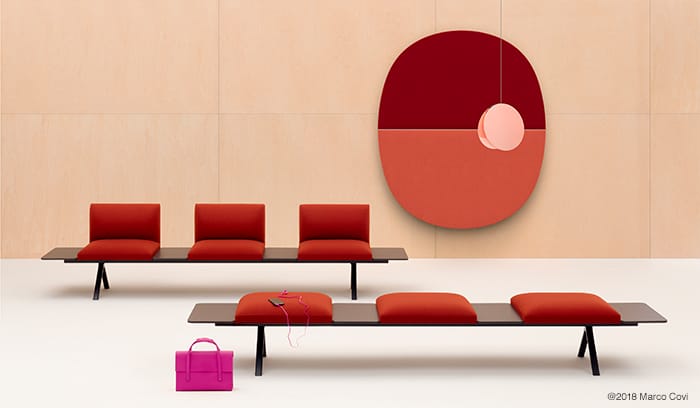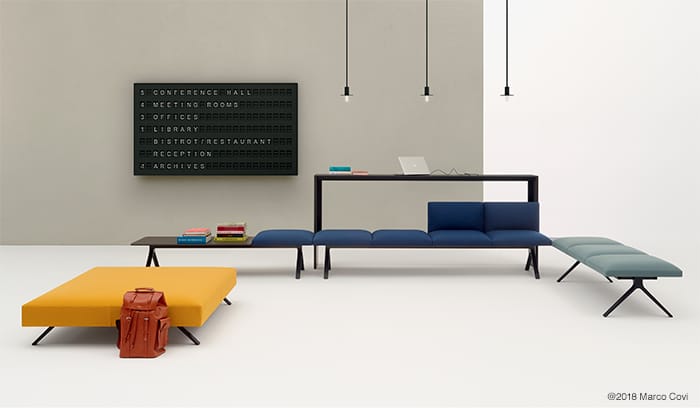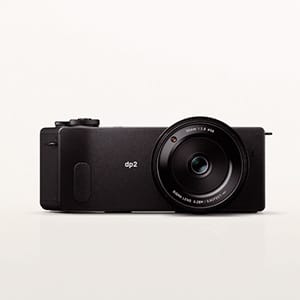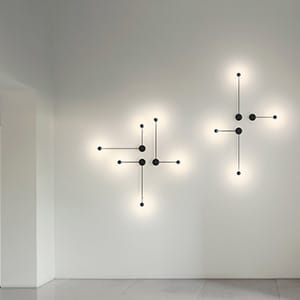Interview
You don’t have to decide anything. It’s all up to you. That’s the ultimate charm of watches.
Jul 27, 2018
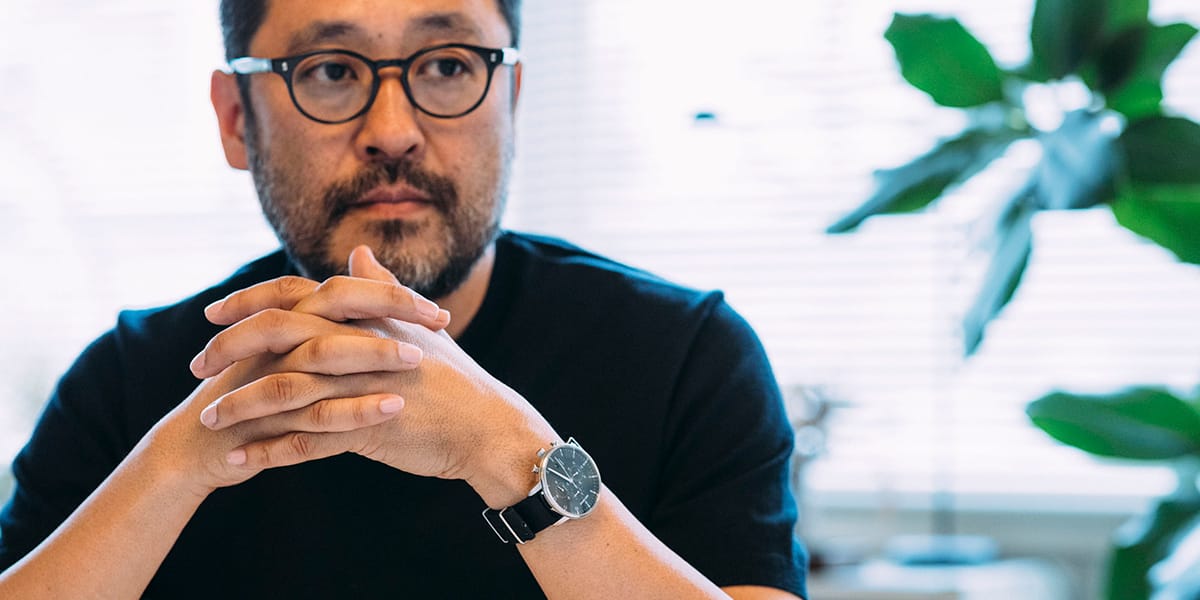
The new collection “f” designed by Ichiro Iwasaki was launched as the 17th model of the ISSEY MIYAKE WATCH Project.
Prior to the introduction, we interviewed the designer, Ichiro Iwasaki, to unveil the features of the new model, what a watch means to him, and his design anecdotes.
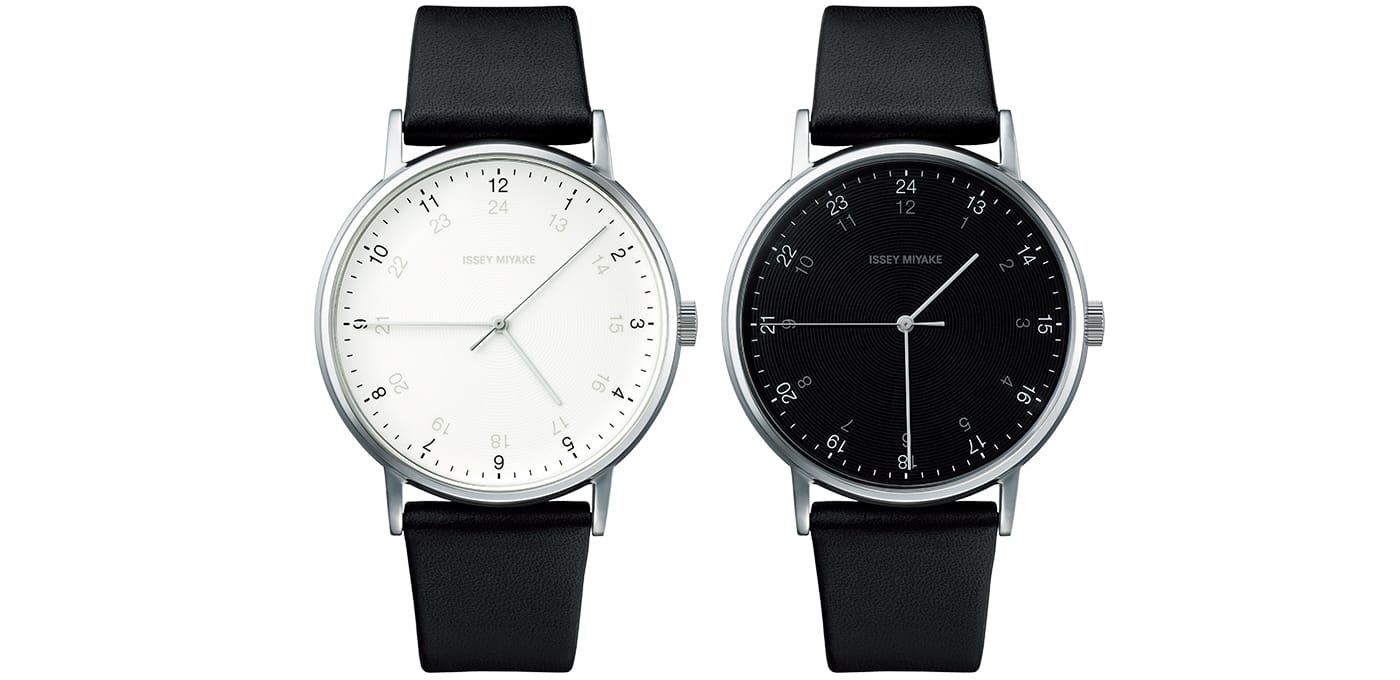
What do you think about the ISSEY MIYAKE WATCH Project?
Because a watch allows exceptionally personal expression, the style and the interpretation vary depending on the designer. This project attaches importance to such personal viewpoints, and that intrigues me. It premises the viewpoints entrusted to the interpretation of each designer, and that’s where the creativity is expected. I personally find it interesting when looking at other designers’ watches. The feature of this project is the wide-ranging amplitude of each designer’s dedicated attention and viewpoint including differences and overlaps. At first, I had to make some trial and error attempts, but thanks to the advice that I can design the watch as I feel, I was able to work on the project intriguingly.
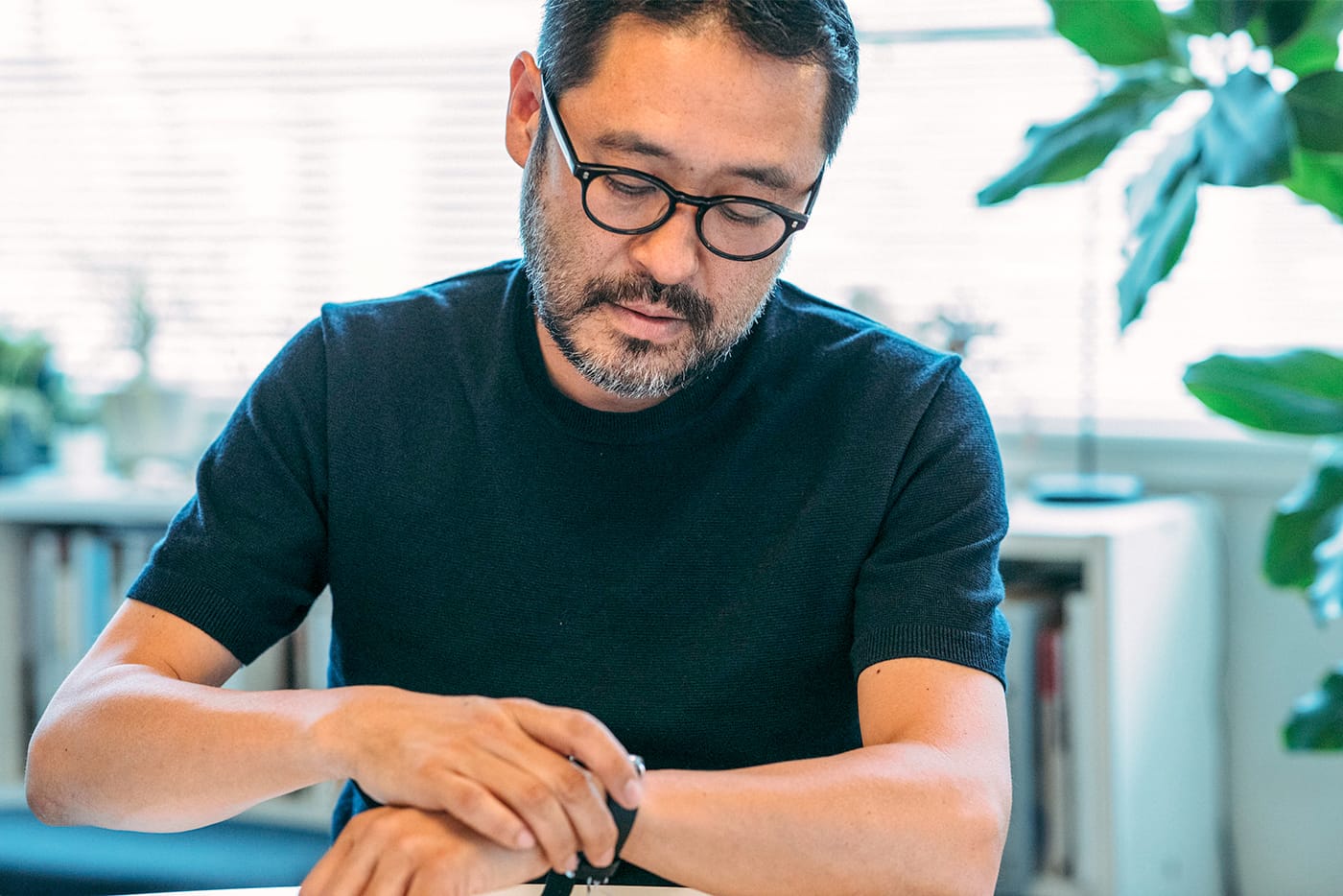
What are your thought and impression on the ISSEY MIYAKE brand?
Its creation is always experimental and innovative, which has been motivating me constantly. The “MIYAKE ISSEY EXHIBITION: The Work of Miyake Issey” held at The National Art Center, Tokyo in 2016 is one of the unforgettable exhibitions for me. Needless to say, the concentration of his creativity—that has been broaden by thoroughly pursuing the possibility of “a sheet of cloth” and has been continued since 1970’s—was overwhelming. I was so impressed that I wanted to visit the exhibition over and over again.
To what kind of points do you attach the importance in designing? And what are the reasons?
I always respect the history and cultural background between the products and clients while deriving the best form of the project from the conversation with the clients. My clients might have happened to make me feel strongly that way, but to some extent I can’t get anything done without understanding the dedicated attention and the background of my clients including SIGMA, an optical instrument maker, Arper, an Italian furniture maker, and Vibia, a Spanish lighting manufacturer. In each context, there are both changeable and unchangeable aspects, so I always proceed with projects carefully.
Furthermore, a designer who is working especially on the industrial design including me always has to face with restrictions. Of course overcoming those hurdles makes my work more rewarding, and the best valuable part of it is completing the design through communication with the project members since a project involves many people.
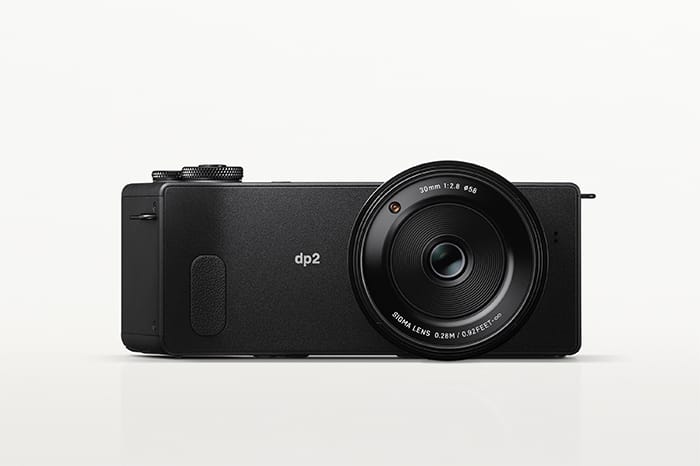
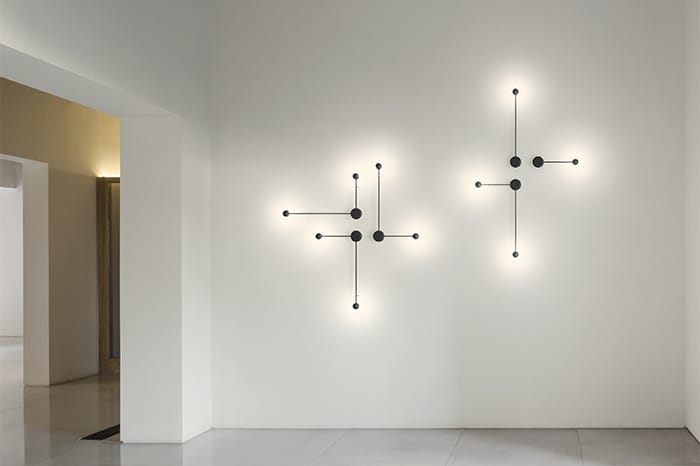
What kind of design process do you take from the beginning to the completion?
I try to break a logically-constructed design at some point and consciously make a decision depending on different viewpoints and sensitivities. The design would have clear ideas and reasons when created as a result of accumulating logic, but I don’t want to totally depend on just logic. That would lead to habituation and the habituated design work would be boring to me. Projects change like creatures and their essence vary according to the projects. Although I accept personal expression that is naturally produced through design process, I try not to use a methodological approach. I gradually put together the final product by coping flexibly with the changes or requirements at each stage, looking at and thinking about the design from the perspectives different from usual, changing the design at the very last minute, and so on. As a result, my design process apparently makes clients feel anxious, especially those who work with me for the first time.
What does a watch mean to you?
I think I had kind of aspirations for watches themselves when I was young. Now, watches are so comfortable and close to me that I wear it when I want to but I don’t when I don’t want to. Watches for the feeling, practical use, art, daily use, aspiration, fashion…there are any reasons. I don’t think there should be a definition or an answer for a good watch. You don’t have to decide anything, it’s all up to you. I believe that’s the ultimate charm of a watch.
Design is important, too, but I like that fundamental nature of watches.
That’s how I felt when I first faced with designing a watch via “C”.
What gives you an inspiration for your design? Is it time, space, or a thing?
I often draw inspiration from a design brief describing the project’s requirements rather than personal ideas. In Japan, clients usually provide me with forms of so-called proposals, but the briefs given from my clients outside Japan are so unique that they mention sensory words or impressions how the clients want the product to be. So I’m always excited when I receive the briefs. Design details sometimes come to my mind instantaneously, but basically the design is finalized after repeating trial and error attempts.
Based on the fundamental premise of trusting relationship with clients, I believe that the quality is produced through an approach that takes time in the design process. I try to spend as much time as possible in a given period of time while leveraging all the design constraints and specification changes and incorporating them into design. Therefore, every change makes the design and project a reality.
Please tell us the concept of the new model “f”.
The beginning of “f” was the brief stating “a simple watch with three hands.” The many of three-hand watch designs are exceptionally minimal. In that circumstance, single-minded pursuit of simplicity would create designs close to something already exist or make ideas outdated. In general, simple watches are created by trimming off excess, but this time I added a fraction of stories to “f”. That is the element of time, AM face and PM face.

What was the challenging part of designing “f”?
This is my personal perception rather than “f” after designing the two watches, but watch design has characteristics in common with other product designs mentioned earlier while having some obviously different points. In case of products other than watches, they are completed within the range that I can imagine from sketches and models, but that is not the case with watches. For example, one of the reasons is that the impression of a watch vary significantly according to the width of markers in increments of 1/100 mm, but throughout the design process I felt that the watch design is not completed until a user actually wears the watch. Because it completes on a wrist, designing while imaging how it will be worn was challenging as well as fun at the same time.
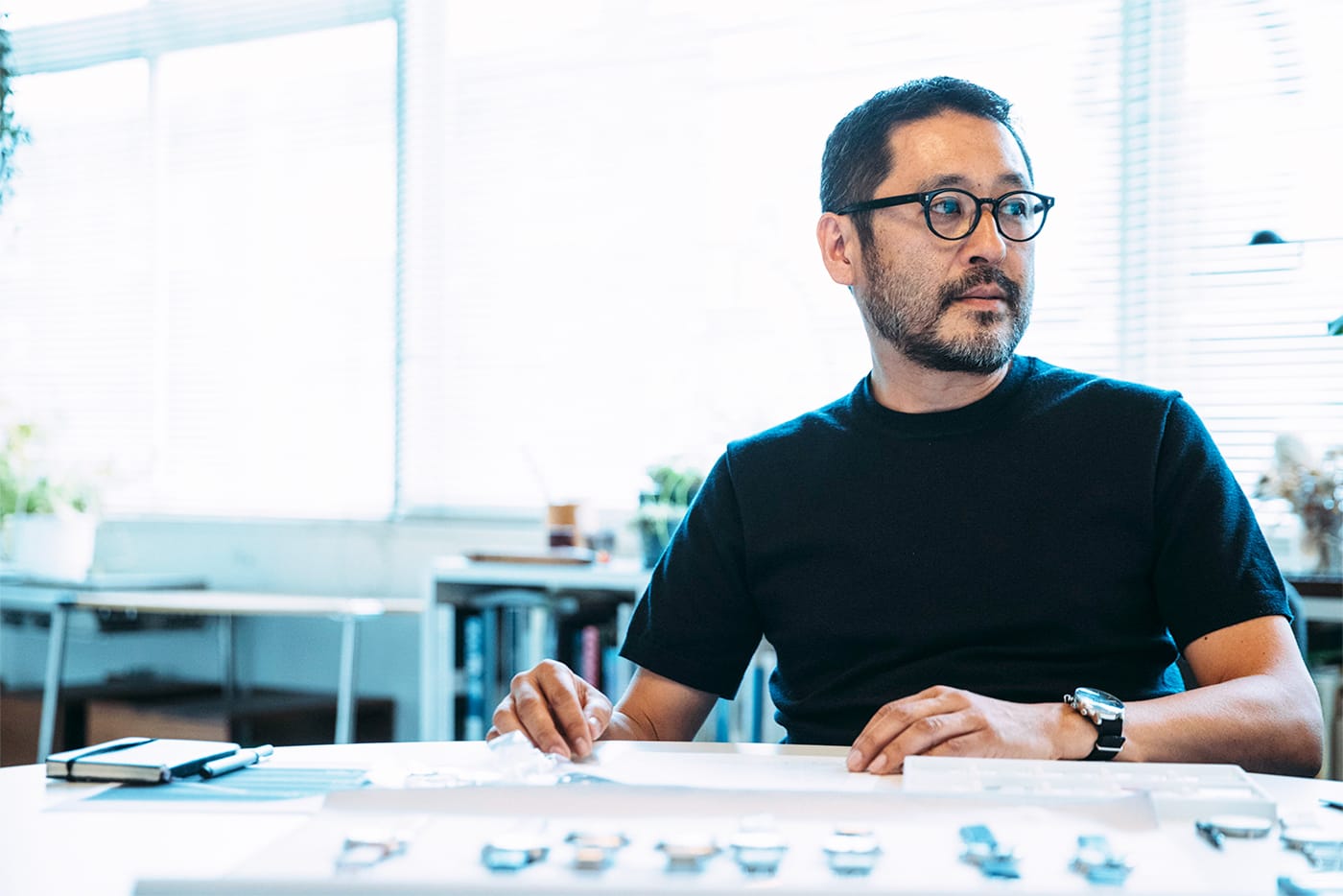
How did you feel when you actually saw the complete “f”?
The “f” watch has two different models: one is called “AM face” with a white dial, having the number of outer index starting from 12 at the top followed by 1 to 11 in a clockwise manner while having the inner index of PM hours. The other one is “PM face” with a black dial, having the number of outer index starting from 24 at the top followed by 13 to 23 and the inner index is AM hours. These features enabled establishing the uniqueness that wouldn’t be achieved with minimal bar indexes. The fine details with subtle expression on the dial and the user-friendly small size of 39 mm in diameter are also my favorite features.
It is important that the design plays a role in making an impression on users holding the watch in their hand. It’s up to them how they use this watch. No matter the gender, how users feel when they hold the actual watches, that’s the interesting feature of this watch. How the design turns out on their wrists—that’s all up to them.
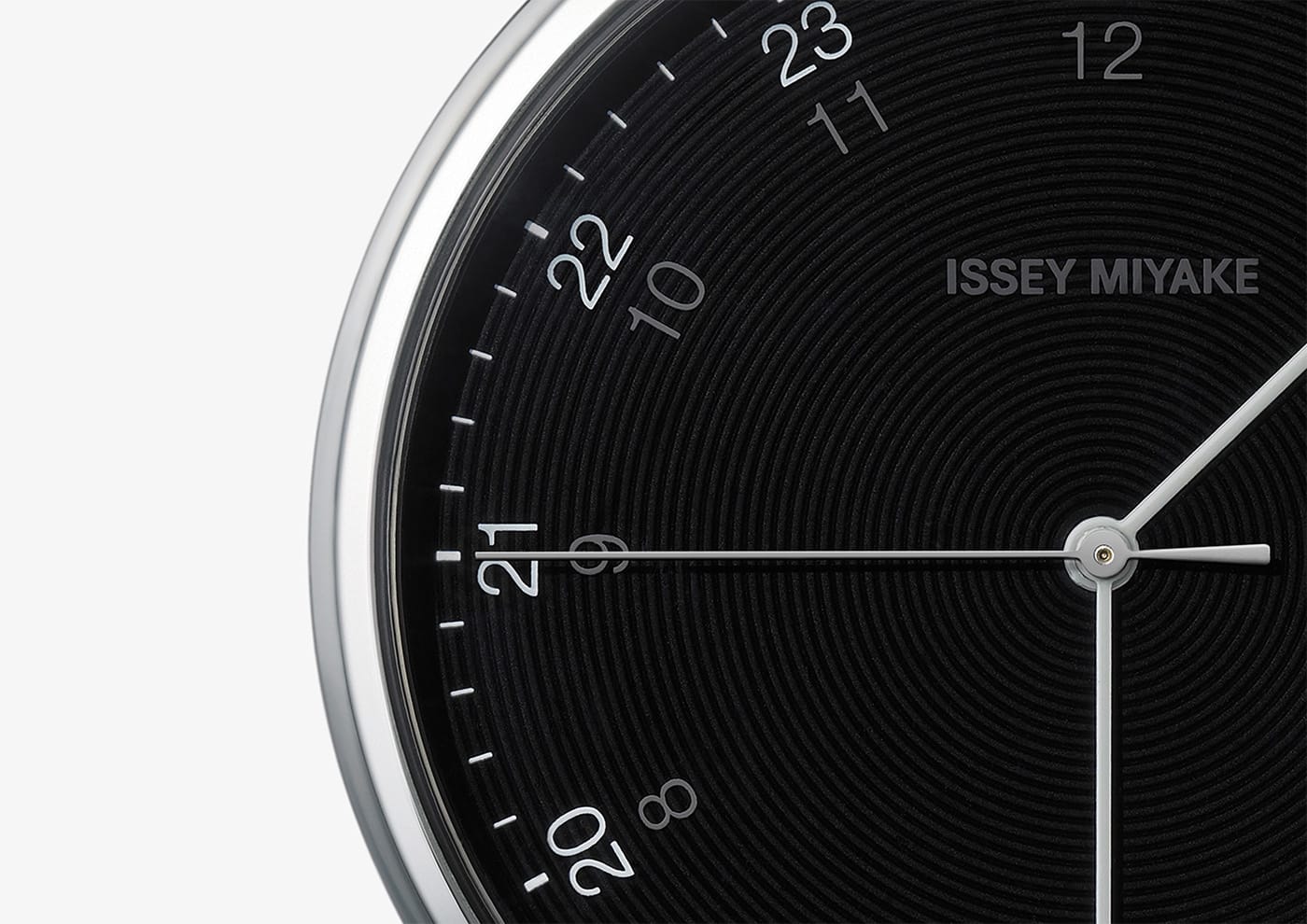
DESIGNER
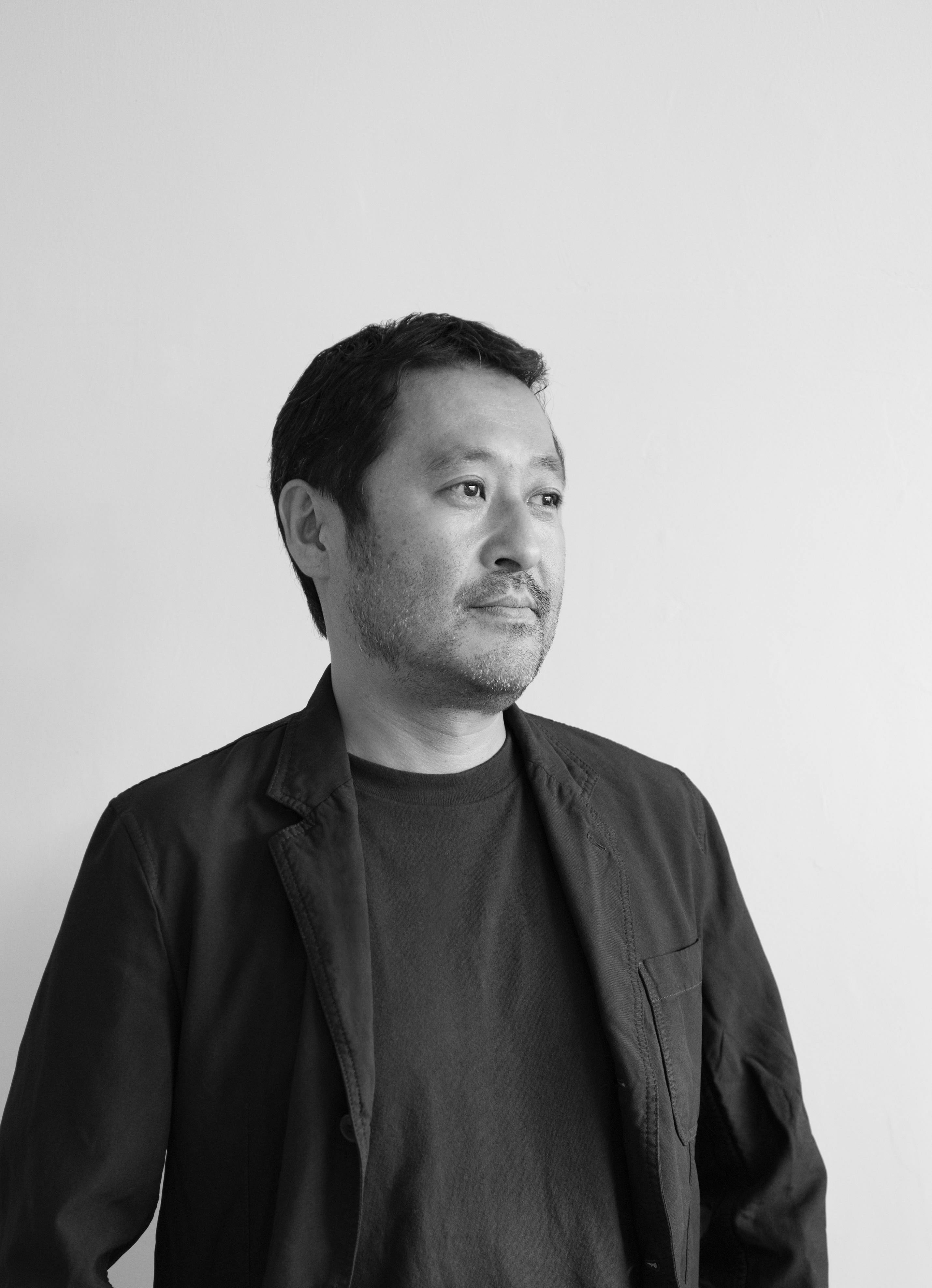
Ichiro IwasakiProduct designer
Born in Tokyo in 1965, Iwasaki began his career at the Sony Design Center, moving later to Italy where he worked at several design studios in Milan.
Returning to Japan in 1995, he opened the Iwasaki Design Studio in Tokyo. Since then, he has collaborated with manufacturers both in and outside Japan, designing a diverse array of products ranging from interior goods including tableware, lighting apparatus, and furniture to precision electronic devices such as digital cameras and mobile phones.
He has received numerous international awards, including Japan’s Good Design Award (Gold), the iF Design Award (Gold), the Red Dot Design Award (Best of the Best) and the German Design Award (Silver).
He also serves as a part-time lecturer at Tokyo University of the Arts and Tama Art University.


